
In a series of new studies on Saturn's moon Titan, researchers have found more indications that there could be exotic life there, making a mission there all the more necessary!
Continue reading

To ensure that their payloads can get to the Moon, NASA is one again enlisting the help of HeroX to help them crowdsource innovative solutions!
Continue reading
Continue reading

Continue reading

Continue reading

An international team of astronomers has conducted an extreme simulation that modeled what the formation of the first stars looked like.
Continue reading

Continue reading
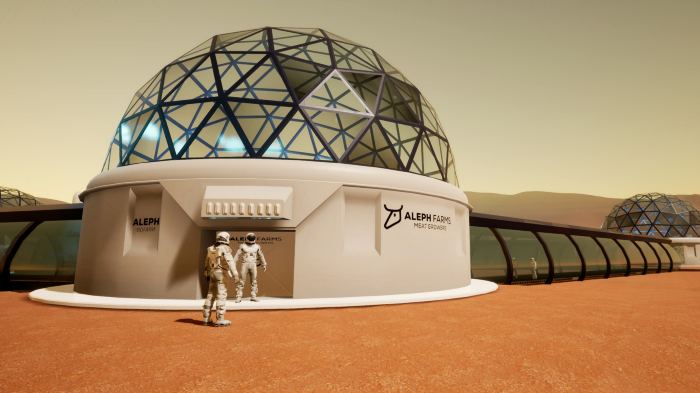
Continue reading

Continue reading

Continue reading

Comet C/2020 S3 Erasmus to end out the cometary cavalcade for 2020.
Continue reading

Continue reading
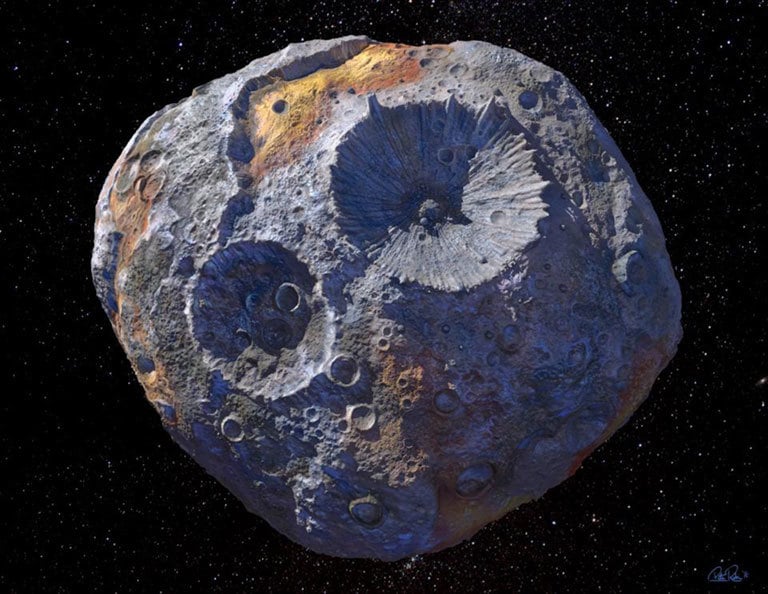
Continue reading

Combining data from the retired Kepler mission with the Gaia Observatory, a team of scientists have produced new estimates for how many habitable planets could be out there.
Continue reading

Continue reading

A new study, based on SOFIA data, has found that water can exist in sunlit areas on the Moon, not just in permanently-shadowed craters!
Continue reading

Continue reading

Galactic dark matter is in a state of maximum entropy, which means it must interact with itself.
Continue reading
Continue reading
Continue reading

Continue reading

Continue reading

Continue reading

Continue reading

After 196 days in space, some record spacewalks, several experiments, and patching an air leak, the crew of Expedition 63 made it home safely!
Continue reading

The Soil Health in Space experiment is now being conducted on the ISS, which could lead to sustainable farming on the Moon, Mars, and also Earth!
Continue reading

Continue reading

The final 'Blue Moon' of the decade rounds out October 2020.
Continue reading
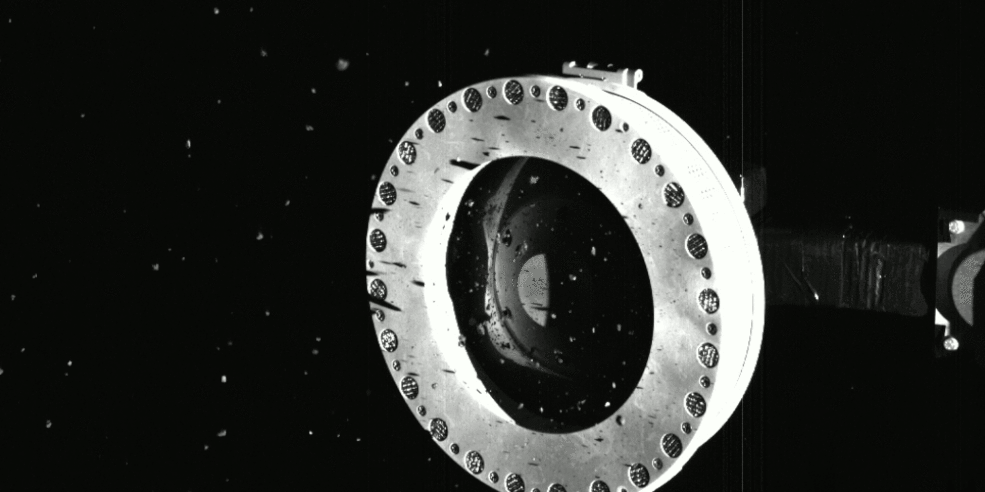
Continue reading

Continue reading

Continue reading

Continue reading

The Starship is coming together, literally and figuratively! With its three Raptor engines test fired, and nosecones and fins attached, the vessel is ready for its highest hop test yet!
Continue reading

Continue reading

Continue reading
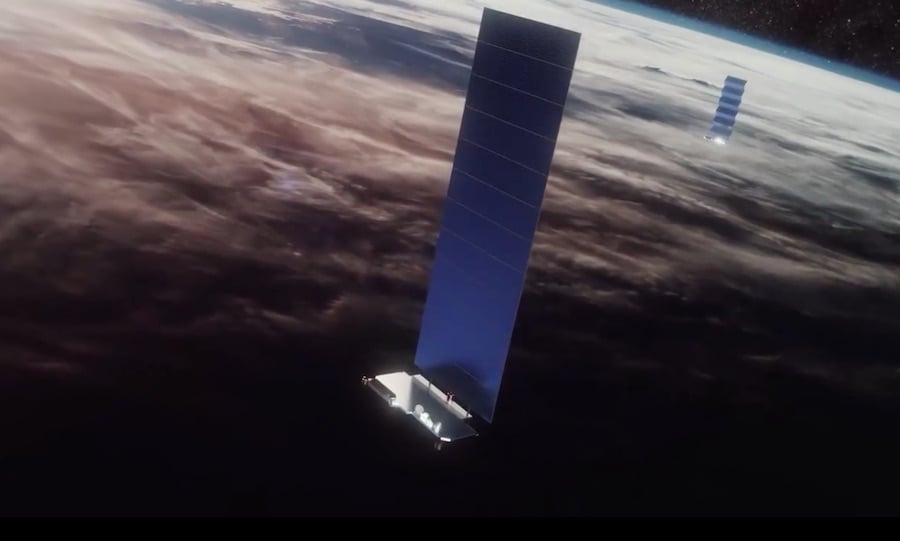
A new analysis indicates that 3% of Starlink satellites have failed since they were launched to orbit, which could mean an increased risk of collisions down the road.
Continue reading

As we explore the solar system, we'll need an interplanetary communication network that can keep up. A new receiver might be up for the job.
Continue reading

Continue reading

Continue reading
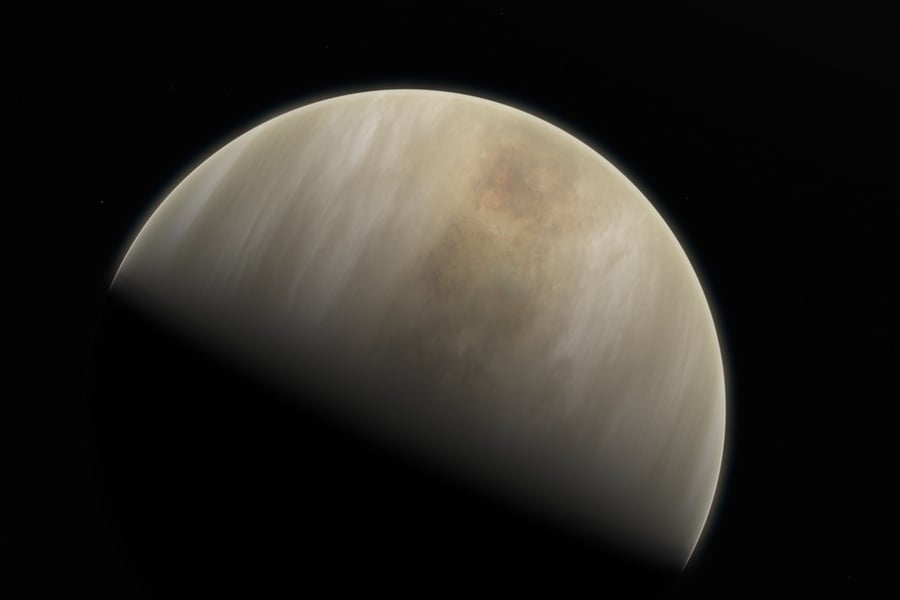
Continue reading

Continue reading
Continue reading

Two more comets worth scouting the sky for into November 2020.
Continue reading

Continue reading

The ISS crew has found the source of the elusive leak using (wait for it!) tea leaves! The hole is now patched, but a permanent fix is still needed.
Continue reading

We have found more than 4,000 planets orbiting other stars. Life on distant worlds could find us in the same way.
Continue reading
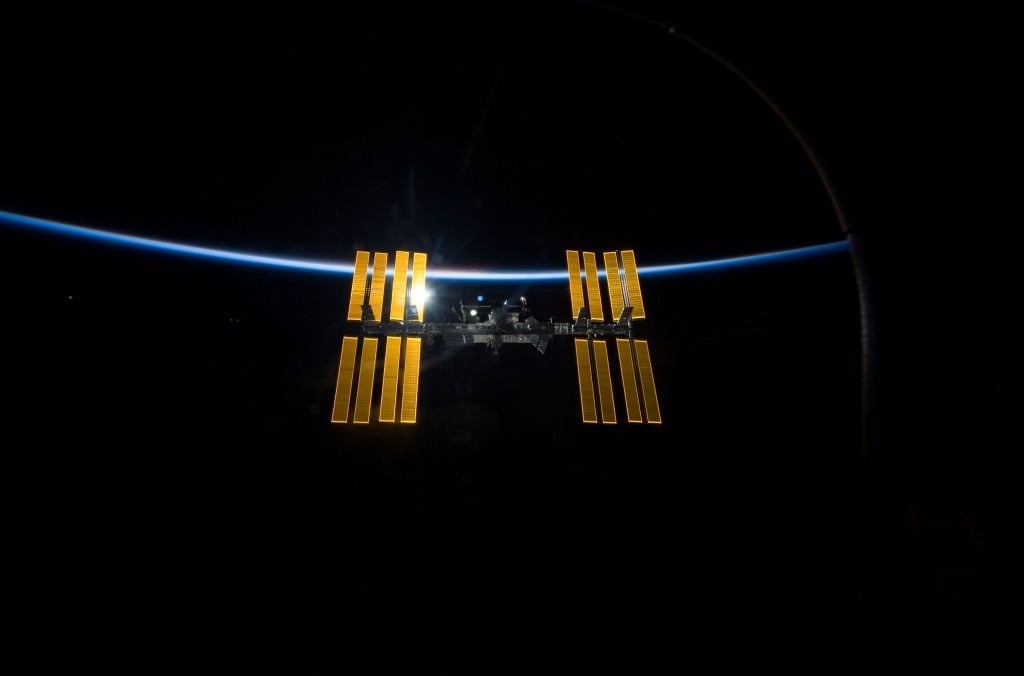
Crews aboard the ISS are working to repair the leak, which posed no significant risk. Unfortunately, it shows that the ISS is getting on in years!
Continue reading

Continue reading

Continue reading

Continue reading

 Universe Today
Universe Today











































